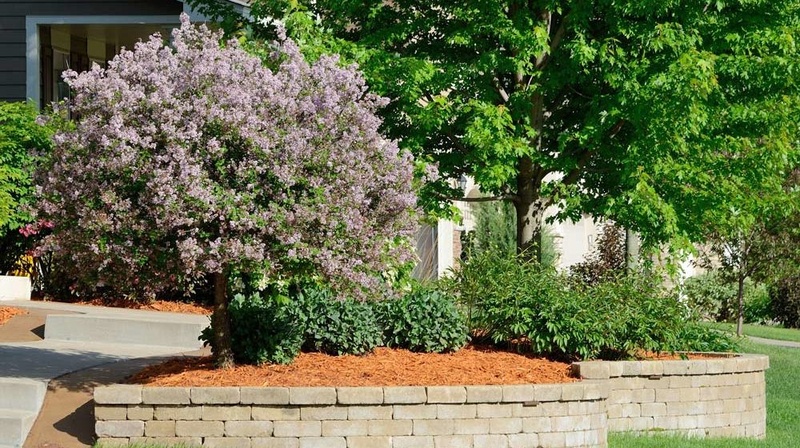
Conditions are Different in a Microclimate
Microclimates are small areas with weather conditions that are different from those of the surrounding areas. Locating each of the microclimates on a property allows a homeowner to either choose plants that will thrive there or control environmental factors and change the microclimate.
Homeowners may live on a property for years without ever noticing its microclimates—the small pockets of space on a property with consistently different weather conditions than those of the areas around them.
Microclimates are created by many things—topographical features like hills or bodies of water, exposure to wind, and the amount of available light or moisture.
To have a property of beautiful, thriving plants, you must know where your microclimates are. This information allows for smart planning and intentional planting. Problem areas can sometimes be altered to create more ideal growing conditions.
Where You Will Find Microclimates
Once you know what to look for, microclimates are relatively simple to locate. Begin with these common places:
1. Low-lying areas. Cool air sinks, so it will naturally settle in these areas.
2. Paved driveways or brick retaining walls. Concrete and masonry absorb heat then release it into their surrounding areas, creating drier microclimates with higher temperatures.
3. Underneath tree canopies. Heavy canopies regulate temperature, much like home insulation. Under their protection, summers aren’t quite as hot, and winters aren’t quite as cold (canopies might even prevent frost).
4. Bodies of water. Cold winter winds blowing across a warm lake will carry that warmth to the shore. Each side of a lake may have unique microclimates, depending on the direction and intensity of the wind.
5. Your house. The north and east side of your home (and other large structures) will receive more shade and have soil with more moisture than the south and west sides.
Pay attention to these areas during different times of day and throughout the year; they may fluctuate with the time and the season. Once you identify your property’s microclimates, you will be able to choose plants that thrive in those locations.
But what if you want that shade-loving plant in the full-sun area? You might be able to adjust the microclimate.
Altering a Microclimate
Sometimes microclimates can’t be changed; at other times they can be altered by controlling environmental factors.
· Increase the amount of shade. Doing this will reduce the temperature in a specific area and can be achieved either with artificial or natural shade. Trees might provide the best shade, but it will usually be many years before a newly planted tree gives any relief from the sun. In these cases, consider a pergola or arbor. Artificial shade has the benefit of being relatively easily installed or removed.
· Increase the amount of sunlight. Thin out tree branches to allow more light to pass through, or remove the tree entirely. Adding light will reduce moisture and add warmth. Remember, a couple of degrees might not feel like much to us, but in the winter, it could be all a plant needs to keep from freezing.
· Protect against the wind. Japanese yews or viburnums grow densely and act as good windbreaks. A solid fence can do the trick, too.
Last Words
Observe your property. Identify the microclimate areas that are being affected by sun, shade, wind, or topography. Decide if you are satisfied with them. If you can change the microclimate, try it out. If you can’t, choose plants that will thrive there.